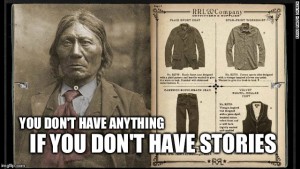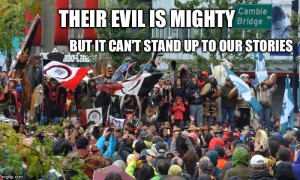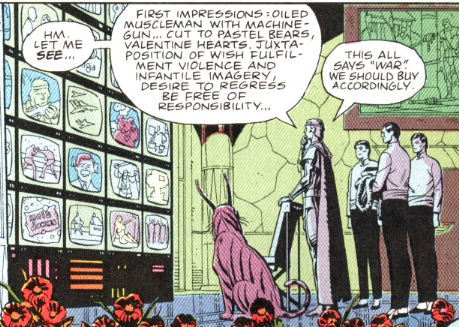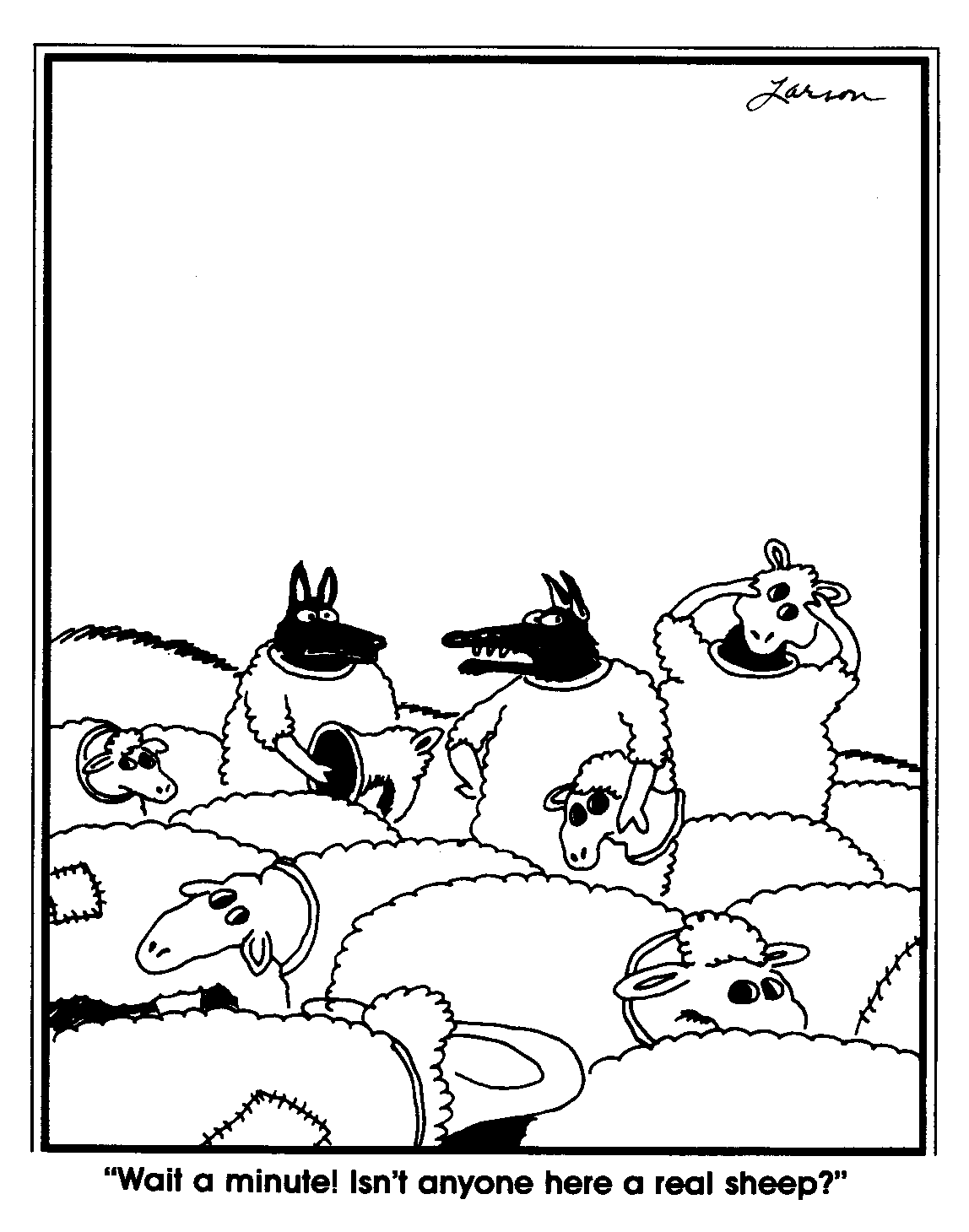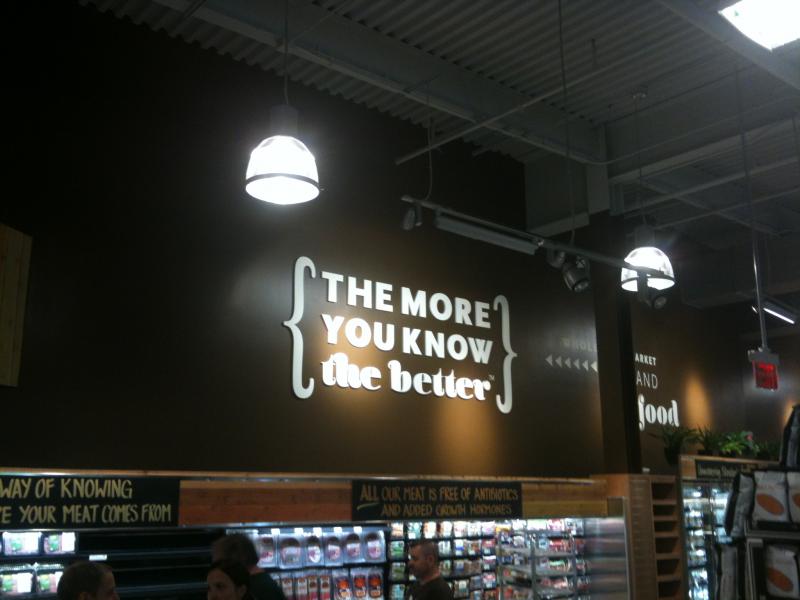WARNING: this recording is meant to be listened to at this location.

Within the Western mindset, I think we have a tendency to see history through what physically remains. The monuments, the artifacts, and the bones. Like imperialistic explorers who plundered the tombs and ruins of civilizations around the world as they projected their materialistic understanding of the world onto those they sought to understand and judged accordingly. Even early linguists who came to preserve, record, and collect the words of the indigenous peoples of the Pacific Coast without understanding the context within which they were set. These are two examples of the sort of reductionist thinking present within aspects of Western analytical thought that run entirely contrary to the systems of understanding time, place, and person within indigenous cultures. It is funny how ‘forward thinking’ or ‘innovative’ the idea of interactivity or contextualization can be in modern museums and exhibits where, historically, and even still currently in many large, modern museums, so much is simply tagged and numbered. While this may in some cases be due more to a lack of understanding rather than an exclusion, it still pales in comparison to the levels of embedded understanding that cultures with a prominent oral history are able to weave together through time, place, and person. While Western cultures certainly have narratives that persist and are deeply embedded, they tend to be highly generalized and it seems to me that even these traditional narratives of nationalism, religion, patriotism, and even communal identity for example are fading away more rapidly than ever with the rise of the internet. Ashes on the Water was an utterly profound experience for me where I truly felt that power of a story to link these two moments within one place. Their words provided an overlay for the raw sensory data I received from outside of the recording. It was a powerful statement of the intimate relation between a story and a place.
This piece was also a powerful vision of the positive synergies that arise from the alignment of theater/story telling, cyberspace, and physical space. Quelemia Sparrow has created an excellent example of an emerging medium where a story passed down through oral traditions was transcribed into cyberspace while preserving the intimate connections between story and space. However, by combining these mediums it is possible to achieve different or additional goals than what they would be able to accomplish separately. A story told in a place from one human to another is only able to be transmitted very slowly and is liable to have cumulative errors as it is transmitted though this does allow for the story to grow and evolve. If this story is transcribed into cyberspace in sound only, as in a radio theater production, then the connection to land can be lost though it is much more permanent and can be shared rapidly. Additionally, the listener is still engaged by trying to visualize the story. When a video is added then the story can be again linked to visual progression that the one who is doing the transcribing can match to the original intention of the story as in the case of any movie or film. Video games can take this another step forward and reintroduce a level of interactivity with the story and video while maintaining the easy of transmission and high fidelity of modern recordings. While there are some examples of audio/video stories that involve the reader in what Neal Stephenson referred to as a ‘ractive,’ the podplay Ashes in the Water accomplishes something very similar. Here, the audience is embedded in the physical setting while listening to an oral story that has been transcribed into cyberspace. This allows for the story to be experienced by anyone who is able to access it online and make the trip to crab park. This seems to be the greatest balance currently achievable with the limits of our technology – not yet are we able to send and receive live sensory information from Crab Park from a remote location beyond audio and video. I think that this issue of medium and interface will be critical moving forward as we continue to analyze the potential of digital space to accurately represent physical space or even to replace it in some cases and contexts – what is lost and what is gained?
 Follow
Follow